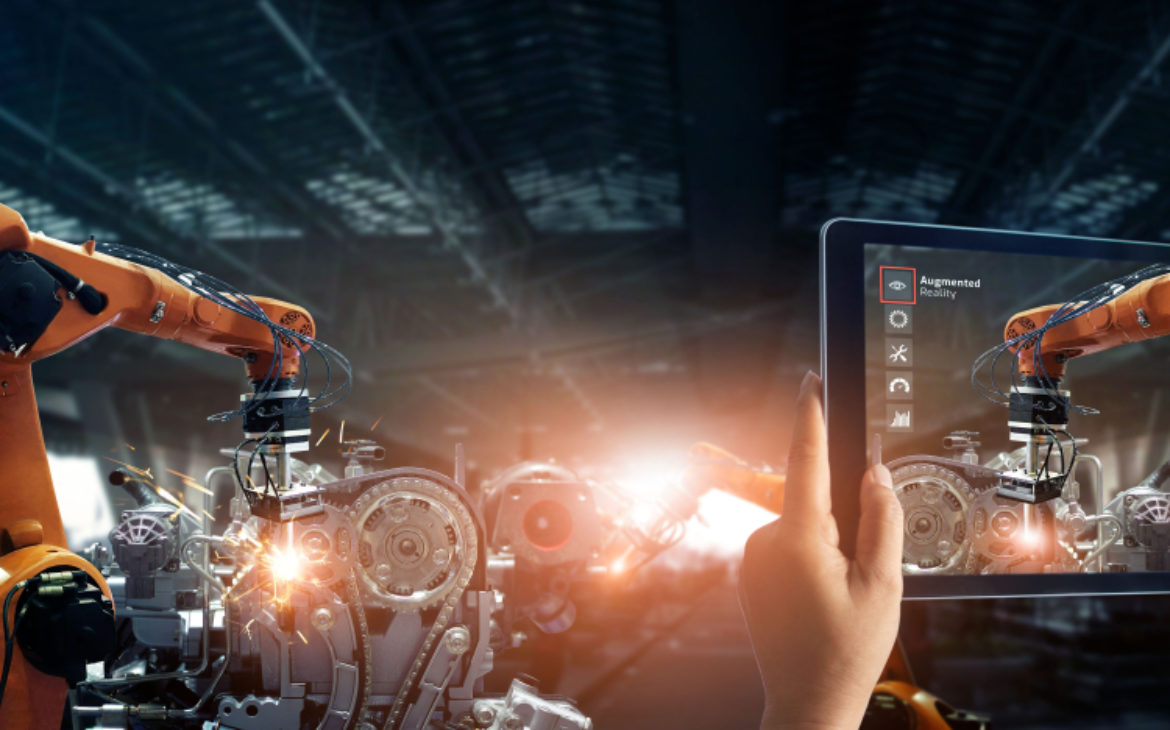Namely, the companies that already use three or more ICT-enabled production tools showed significantly better financial indicators when compared to those who don’t use any, so it is to be expected that the industry is open to the introduction of ICT-enabled tools, that can increase business profitability and let them break into new markets. Another interesting finding of the study was that the companies that use ICT tools rank higher in terms of employee satisfaction and sustainability activities.
At Ericsson, they say it is exciting to see wireless connectivity evolve and help enterprises in providing advanced system support, directly benefiting frontline employees on the factory floor, in mines, and along the supply chain.
These are the results of the latest IndustryLab report titled “The rise of the smarter, swifter, safer production employee”.
Most of the surveyed manufacturers announce that 80 percent of their production will be automated within 10 years, and many expect at least a twofold increase in the use of ICT-enabled tools over the next five years. These tools include artificial intelligence software, video recognition, augmented and virtual reality, automated guided vehicles, and exoskeletons. As outer protection, exoskeletons can provide production employees with more strength, precision, and endurance through their support of body parts like hands, arms, or even as full body suits. The report also predicts production will evolve and become more adaptable, giving rise to pop-up factories, for example, which more than half of manufacturers believe will be commonplace by 2030.
The report shows that most enterprises managed to evade the worst effects of the global COVID-19 pandemic, with 69 percent reporting unchanged or even improved financial performance since lockdown, but due to pressures on productivity and efficiency growth, 8 out of 10 manufacturing companies are cutting costs. To this end, they are introducing tools such as artificial intelligence software, augmented reality, cobots (collaborative robots), video recognition, digital twins, and remote-controlled machines and vehicles.
